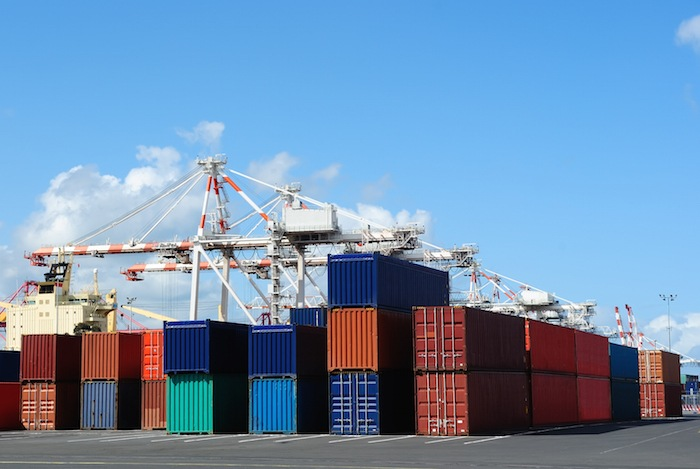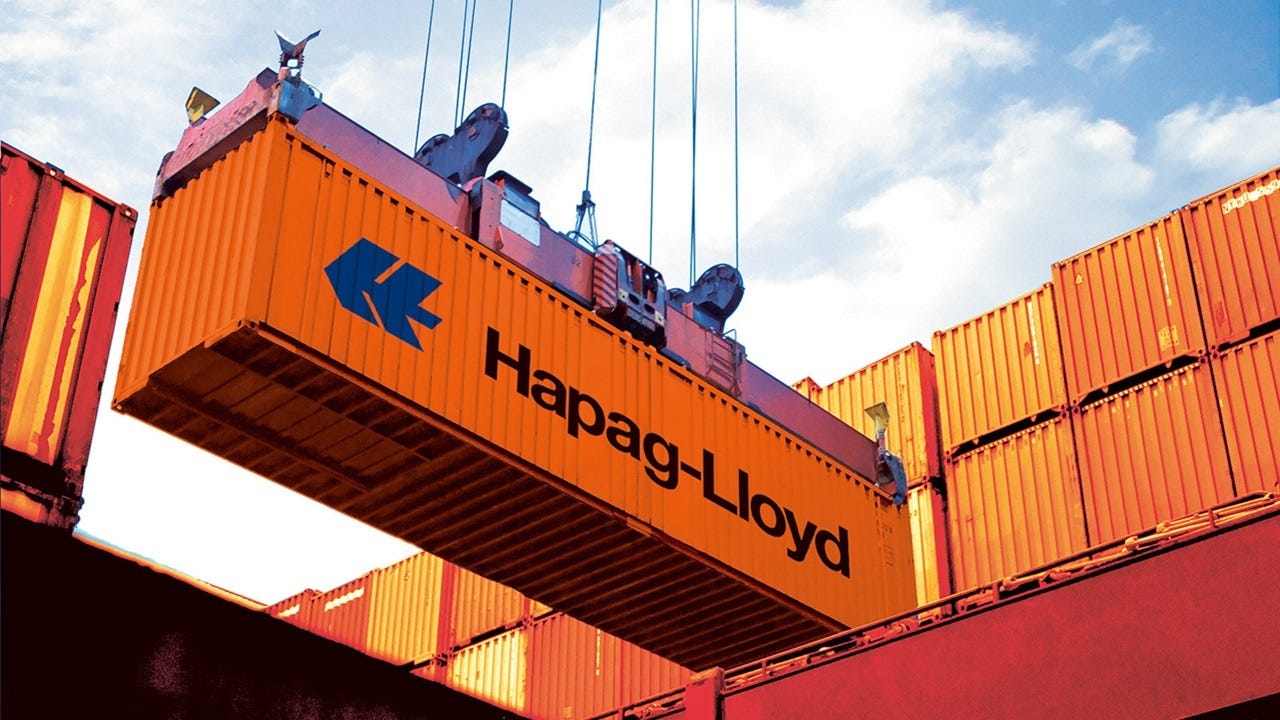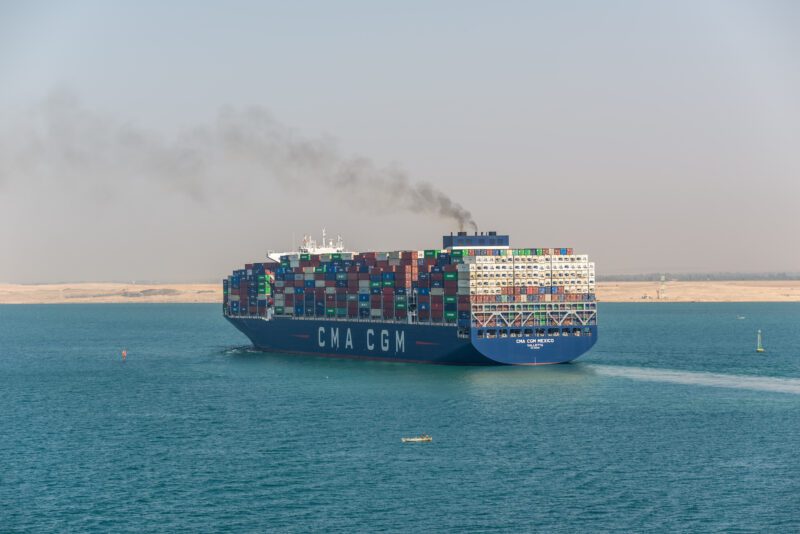UNDERSTANDING THE SOC OR SHIPPER-OWNED CONTAINER
When a shipper owns a freight container, it is called a Shipper-Owned Container shortened to SOC. The shipper who owns the container may be an organization or an individual.
Understanding the SOC or Shipper-Owned Container
When a shipper owns a freight container, it is called a Shipper-Owned Container shortened to SOC. The shipper who owns the container may be an organization or an individual.
A Brief History of the Modern Container
Let us take a quick look at the origin of the modern freight container and some of its main general specifications.
The first freight container made of corrugated steel was introduced by the American entrepreneur Malcolm Maclean in 1955. The initial containers of varying sizes were regularized gradually and the first Japanese container vessel Hakone Maru set sail from Japan to the west coast of the United States with a load of about seven hundred 20’ containers in 1968.
Today we have containers of different types and sizes catering to the different needs of the industry. There are General Purpose containers (GP), refrigerated containers, open-top containers, and flatbeds to transport the different types of cargo.
These are available in standard sizes of 20 feet (twenty feet equivalent units or TEU) and 40 feet (forty feet equivalent units or FEU) while containers measuring 45 feet, high-cube containers, customized freight containers, etc. are also available.
Containers are made of Corten steel that is a heavy-duty, corrosion and weather-resistant metal.
A container may be owned by a carrier, a container-leasing company, or an individual.

Why SOC?
The main reason why shipper-owned containers (SOC) came about is the demurrage and detention charges. Demurrage is charged for delay in clearance of a container from the port beyond a certain number of days while detention charges are levied on delay in the return of empty containers after destuffing the cargo, beyond a specified number of days.
A SOC comes in handy to an organization that may want to export cargo but its preferred shipping line is facing a shortage of containers.
When an organization has to store the goods transported in the container for long durations and storage facilities are not available nearby, the SOC doubles up as storage space as well!
How is the SOC Helpful?
Imagine that you work for a company involved in geological surveys based in Toulouse, France. You are going on a survey expedition with a small team to a very remote location in Peru. The heavy-duty survey gear, rations, and camping equipment have to be transported in a 20’ container.
From the nearest port of Callao, it takes about 7 days to clear the cargo and about 25 days to reach the survey location overland. To set up the camp and the survey equipment takes another 3-4 days.
If the container is returned immediately after that and it takes the same number of days for the return trip, it will be 61 days when the empty container is handed back to the container yard.
The combined demurrage and detention-free period are 7 days. If the combined demurrage and detention charge (also known as Merged D&D charges) is $198.00 per day, this works out to $10,692.00 for 54 days.
Upon completion of the survey, a container will have to be arranged to carry the cargo back to port and it will take about the same number of days to put the container on board a ship, if not more.
With no storage facilities available in this remote location, when a SOC is used, the container can be used as a secure store by the team and it is also available when it is time to go back after the survey.
The waiting period for the empty container to arrive, the time it takes for packing and loading the cargo, and most importantly the Merged D&D charges, are all avoided. Besides, the SOC can be used for other such expeditions.
Benefits of SOC
SOC means that the shipper does not have to worry about container availability with the carrier to ship his cargo, especially during peak seasons or at times when empty containers are not available in the market. The shipper with a SOC has to just book his space on the freight carrier.
When a container is owned by the shipper, he has control over the clearance of the cargo. Also, the question of returning the empty container does not arise as the container is owned by him. The shipper can decide and arrange the exact date of clearance thereby avoiding demurrage charges.
What is COC?
On the other hand, we have the COC or the Carrier-Owned Container. As the name implies, carrier-owned containers are owned and operated by carriers. They may also have been leased from container leasing companies by these carriers.
Some advantages of using Carrier-Owned Containers are given here.
Once the destuffing of cargo is complete and the empty container is returned, the customer does not have to worry about its storage or maintenance.
COC may be obtained at discounted rates when there is a surplus of empty containers at a location, such as a very remote location or those located in a war-zone, etc.
This imbalance often happens when cargo containers after unloading, are not shipped back to locations with demand, on time. By giving discounted rates, the carrier helps to move empty containers away from such locations with a surplus.
Identification of Shipper-Owned Containers
The container number is a container’s main identification code. It is a unique alphanumeric combination consisting of four letters and seven numbers.
Containers the world over are identified by their container numbers. By international customs regulations, it is mandatory for each container to have a registered container number.
Examples of container numbers are WHLU0291165, GLDU2038114, MSKU9342870, etc. The first three letters identify the owner of the container.
The next letter (the fourth) is a product-group code used to identify the equipment. Here the ‘U’ denotes an intermodal container.
The next 6 digits are the unique container registration number and the seventh digit is a check digit used to confirm the accuracy of the preceding sequence.
For example, the breakup for container number MSKU9342870 is as follows:
| Owner prefix | Equipment identifier | Serial number | Check digit |
| MSK | U | 934287 | 0 |
However, when a container is acquired to be used as a SOC, the new owner is required to change the original container number by changing at least the first three letters (in place of WHL, GLD, MSK, etc. in the above examples).These codes are assigned according to the BIC (Bureau International des Containers) and ISO (International Standards Organization) specifications. The BIC assigns the owner code to all container owners worldwide.
A new prefix can be obtained by registering with the BIC. Though some SOC owners add prefixes such as XXXU, NONU, etc. to their containers it may not be recognized by customs of certain countries that can lead to problems during a voyage.
By Hari Menon | In: Maritime Law | Last Updated on










